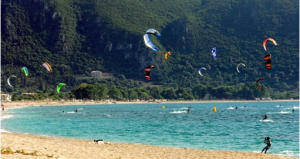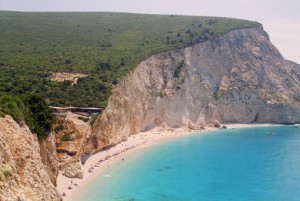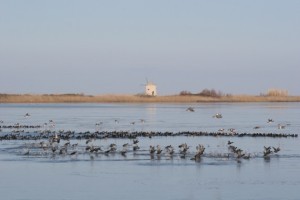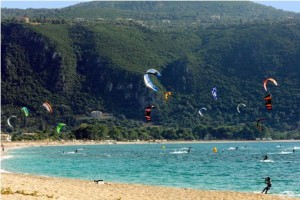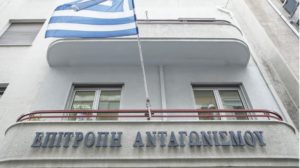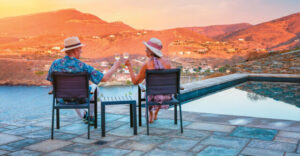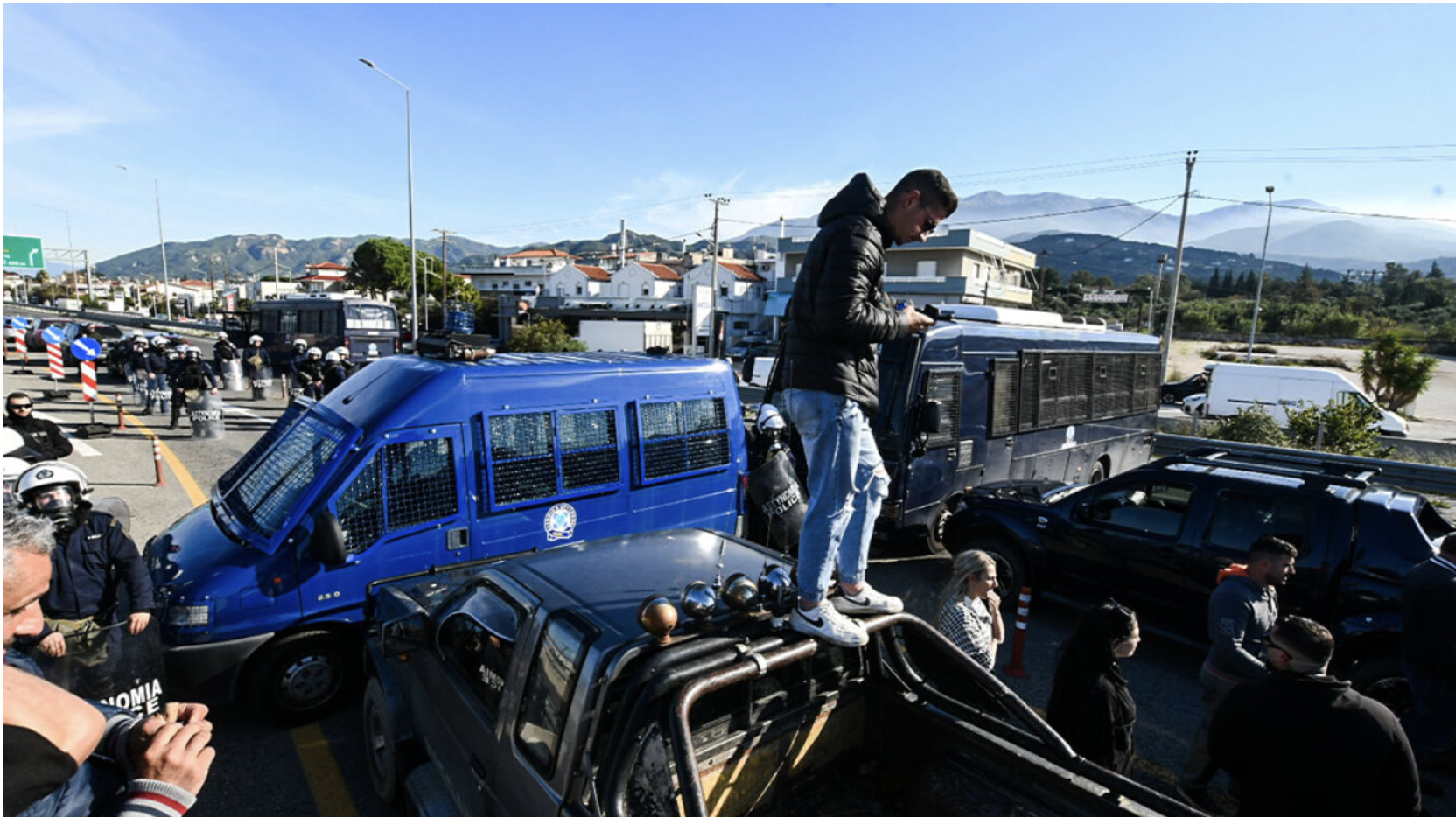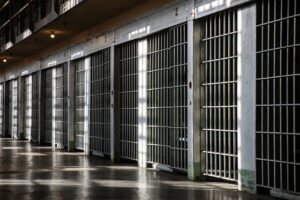Lefkada
Lefkada is surrounded by a total of 24 islets – Aristotle Onassis’ Skorpios being one of them. It connects to the opposite coast of Central Greece via a floating swing bridge (length: 50 m). The bridge offers easy access to Lefkada to visitors from all over Greece. On Lefkada you will find noteworthy sights, churches and monasteries, picturesque villages, lush vegetation, idyllic coves of transparent, turquoise waters, busy and secluded beaches of stunning beauty, a significant cultural heritage and hospitable locals.
Lefkada town
Lefkada is the island’s capital and port town. The town planning is a very particular one and resembles a “fish backbone”. There are picturesque alleys, small squares, traditional houses, elaborate belfries and paved pedestrian zones that give this town its character. The city is surrounded by a canal and a lagoon, while, farther north, lies Gyra, a thin stretch of a sandy beach forming a circle, dotted with windmills and scant vegetation.
Town promenade
– To the lagoon, one of the Ionian Sea’s most significant wetlands, protected by the Ramsar Convention as a wetland of international importance. There is also an ivari, a fish farm where fish grow in their natural environment.
– To Agia Mavra fort, at the town’s entrance, constructed by a Sicilian named Giovanni Orsini in 1300.
– To Bosketo Park, where busts of the island’s eminent scholars are to be found.
– To the pedestrian zone along the coast lined with the younger generation’s hangouts.
– To the central square with many restaurants and cafés where Agios Spyridonas church is located (late 17th c.) with an interesting iconostasis and icons. The main town mall (along Melas Street) starts from this point.
– To Kouzounteli (or Kouzoumpei) area, where age-long plane trees stand next to traditional coffee shops that serve freshly ground coffee and soumada drink made from fragrant almonds.
– To the Archeological Museum. Finds (mid-Paleolithic times – 4th c. AD) come from tombs excavated at Nydri, burial grounds of the ancient town of Lefkada, etc.
– To the Public Library. There is a wide collection of printed documents and post-Byzantine icons painted in the style of the Eptanesian iconography school by eminent religious iconographers such as Doxaras, Roussos, etc.
– To Charamogleios Eidiki Lefkadiaki Library (a library treating exclusively local themes) exhibiting rare books, gravures and maps. The art gallery is often the venue for painting and photography exhibitions. The library’s collection has been included in the Guiness Book of Records.
– To the “Pantazis Kontomichis” Folk Art Museum. Exhibits include a wide and rare collection of items related to local everyday life and work.
– To the Phonograph-Memorabilia Museum whose exhibits include old phonographs, vinyl records, decorative antique items, old banknotes etc.
– To the agelong Elaionas (Olive Grove).
– To Megalos Avlaimonas and Mikros Avlaimonas wetlands, two natural-habitat fish farms near the city.
– To the windmills at Gyra.
Events
– International Folklore Festival. As of 1962, bands and artists from all over the world meet in Lefkada every August and exchange the product of their cultural and artistic folklore in the fields of dancing, music, and traditional heritage.
– The Discourse & Art Festival. It has been organised by the Cultural Centre of Lefkada and involves theatrical and musical events, exhibitions, conferences, and poetry nights. It is one of Greece’s oldest cultural institutions along with the Athens Festival.
– Wine festival that takes place in Sfakiotes Municipality on Frya Square, around the historic Frya Well.
– Representation of a traditional wedding in Karya (August 11th).
Activities
– Swimming. If you stay in Lefkada town, you can swim at Kastro, Gyra, Myloi, and Agios Ioannis Antzousis. You will discover there are amazing beaches almost everywhere and to the island’s east you will find numerous beautiful, wooded isles.
– Visiting the sea caves. Kalamos and Kastos isles are within a short distance and can boast beaches and sea caves of great beauty.
– Bicycling; the town of Lefkada as well as the nearby coastline are ideal for a bicycle ride. Go round the lagoon, following the exceptional scenic route: Agia Mavra – Gyra – Myloi – Ai Giannis – Lefkada.
– Marina: it is located at the town’s east side, and is considered to be the best equipped marina in Greece.
Sports
– Kite surfing in Myloi beach.
– Mountain biking: the island’s tall, green mountains are criss-crossed by routes and trails that are ideal for this sport. Rent your mountain bike in Lefkada town.
– Paragliding (parapente) over Kathisma beach.
Visit also:
– Kariotes, a seaside village with modern tourist facilities, lying on the island’s east shores. At “Spasmeni Vrysi” location there is a well equipped camping site.
– Nikiana, a picturesque fishing village, built at the foot of Mount Skaros near a forest of age-long oak trees.
– Nydri. The island’s biggest tourist resort can boast an intense nightlife and an ultra-modern marina. Nydri faces Prigkiponisia (i.e. Madouri, Cheloni, Skorpios, Skorpidi and Sparti islands). There is a ferryboat service running to Meganisi, Ithaca, Kefalonia and Central Greece. You can go scuba diving; try one of the local scuba diving centres that organise underwater explorations. You can also opt for other water sports such as sailing or choose mountain biking, hiking, even swimming at the waterfalls cascading in Dimosari ravine.
– Poros, the southeastern Lefkada’s “balcony” offering a fine view of Arkoudi, Oxies, Ithaca, and Kefalonia islands. Swim in the crystal-clear waters of Mikros Gialos, where you can also find a well-equipped camping site.
– Vasiliki is a place with abundantly flowing waters and a vibrating nightlife. Take the ferry for a visit to the captivating Porto Katsiki beach, Agiofylli beach, Kefalonia and Ithaca. Vasiliki bay is a destination widely known for the particular climate conditions and favourable winds that make it very popular among windsurfing fans. You will also find horse riding farms that organise outings on horseback in the country.
– The lighthouse (within a short distance from Athani village) and the ruins of Apollo’s sanctuary in cape Doukato (Lefkata or Cape Kyra). That breathtaking location of rugged cliffs and magnificent sea view is also known as “Sappho’s Jump”; legend has it that this was the spot where Sappho, the lyric poetess of antiquity jumped off from, taking her own life.
– Agios Nikitas, a beautiful seaside village.
– Karya, a well known mountain village with a picturesque plane tree shaded square. The exquisitely crafted traditional “karsanika” embroideries have won the place a fine reputation.
– Egklouvi, another beautiful traditional mountain village. It is famous for producing delicious lentils that are one of the top varieties in Greece. Other cultivations include chickpeas, broad fava beans, and a rare grape variety called “vertzami” possibly introduced to the area by the Venetians in 1684.
Nearby islands
1. Meganisi
Ferry runs connect this green island to Nydri. There are three traditional villages, namely Katomeri, Vathy and Spartochori. Visit Giovani’s Cave and Papanikolis Cave, (accessible only by sea).
2. Kalamos
Kalamos Island is covered with pine trees, especially the north part. There is a ferry connection with Mytikas, Central Greece. Visit Episkopi, Kastromonastiro and Porto Leone, a small scenic bay.
3. Kastos
Kastos is an elongated isle covered in olive trees. It provides safe anchorage for boats sailing the Ionian Sea. There are very few roads on the island, so there are no cars. Sarakiniko, the island’s west natural bay has a small jetty that allows mooring even during bad weather. There is a small shuttle boat service running to Central Greece. Visit Kastos village, Fokotrypa and Agios Aimilianos country chapel.
Ask me anything
Explore related questions
